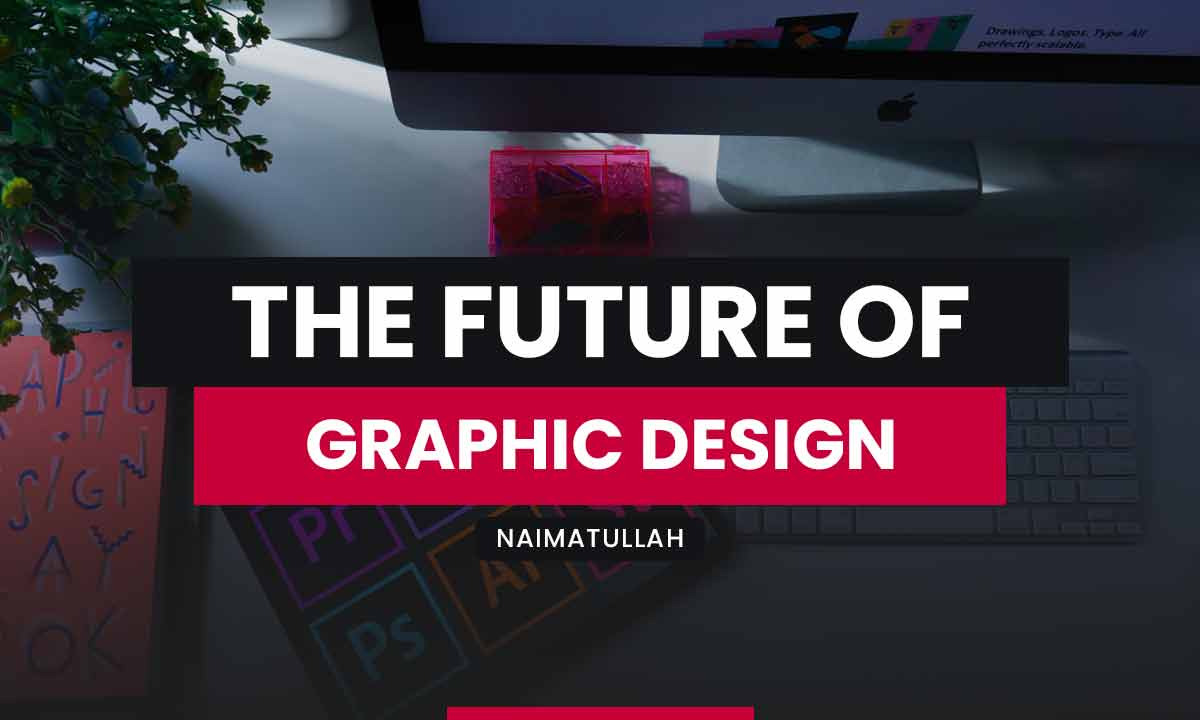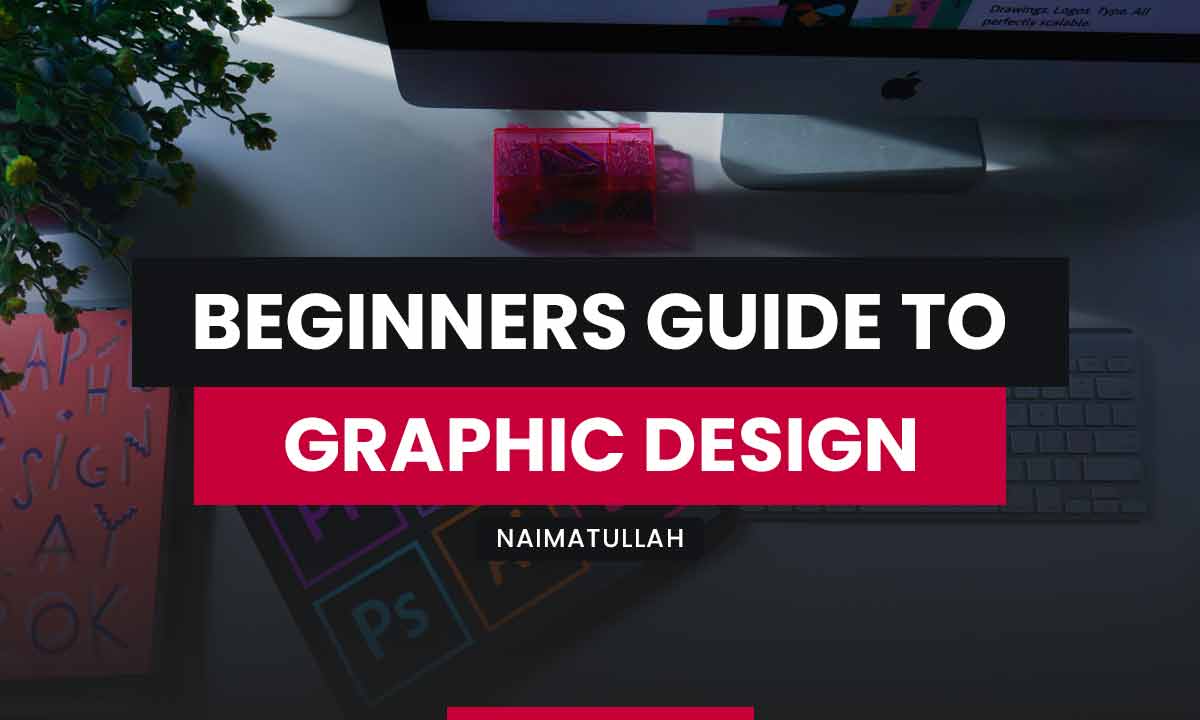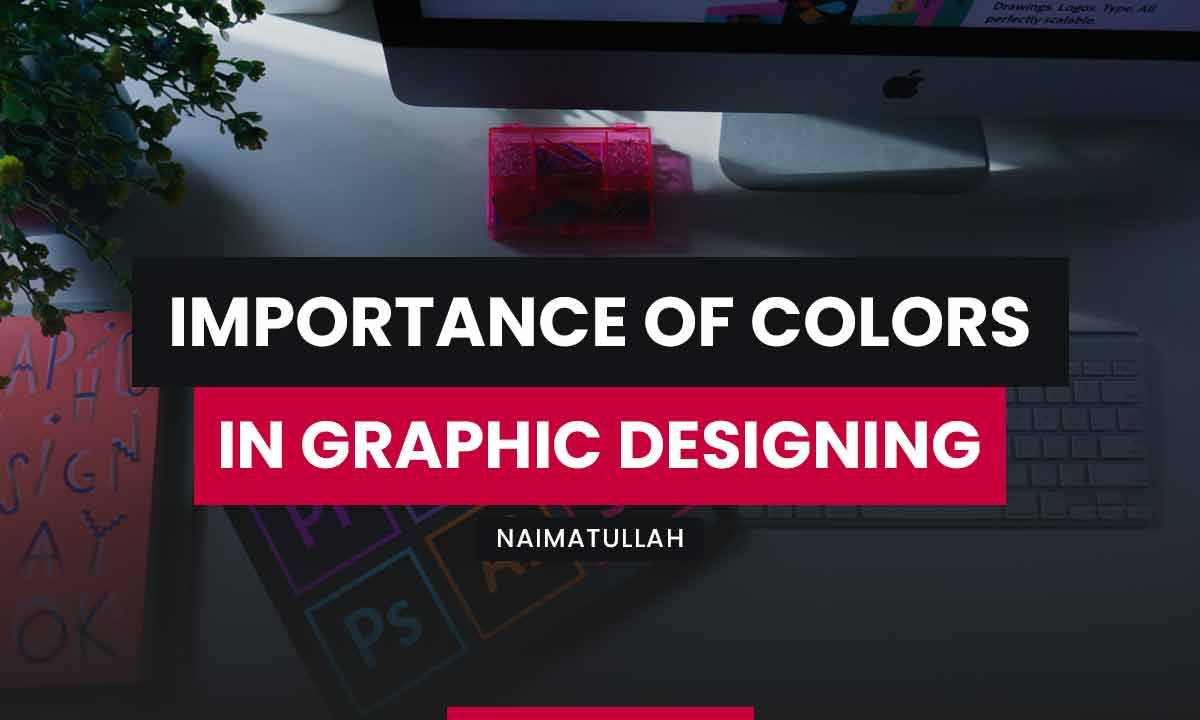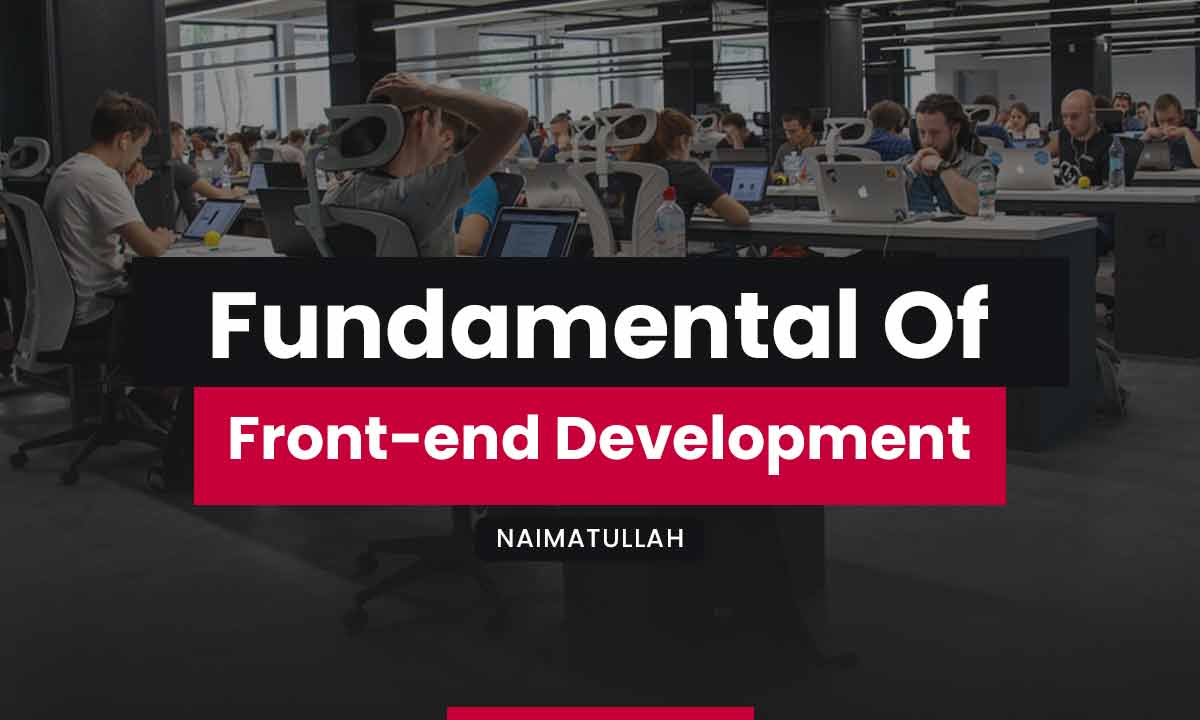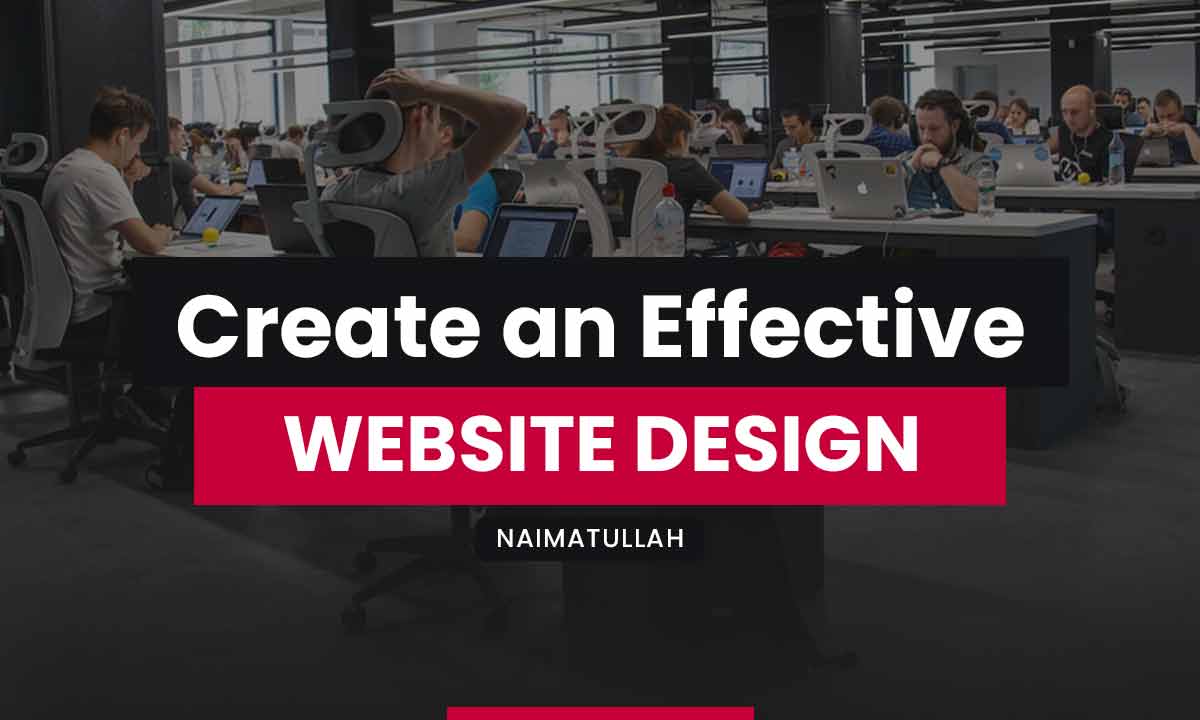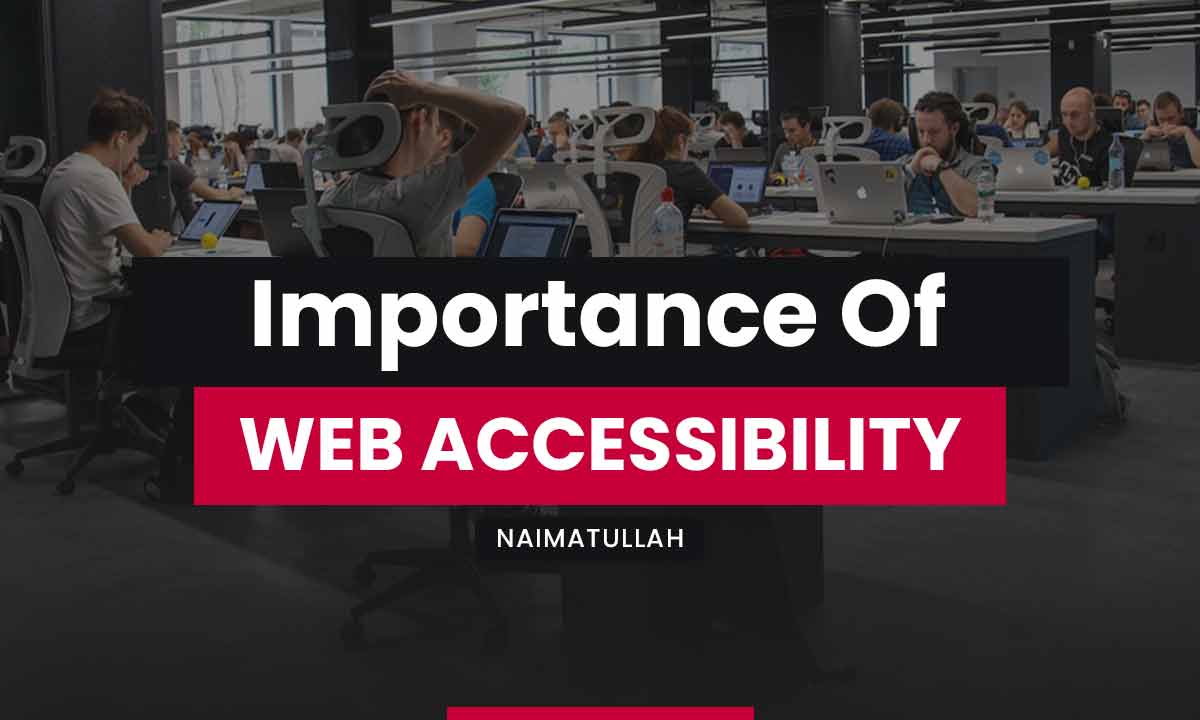As technology continues to evolve at a rapid pace, the world of graphic design is also evolving. With new tools, techniques, and trends emerging every day, it can be challenging to keep up with the latest developments in the field. However, by staying informed about the trends and possibilities, designers can stay ahead of the curve and create designs that are both innovative and effective. In this post, we will explore the future of graphic design and make some predictions about what we can expect to see in the years to come.
Augmented Reality (AR) and Virtual Reality (VR) in Graphic Design
Augmented reality (AR) and virtual reality (VR) are two technologies that are quickly gaining popularity in various industries, including graphic design. AR and VR offer designers the ability to create immersive experiences for their audience, whether it’s through interactive graphics or virtual environments.
AR technology has already been used in graphic design in the form of augmented reality advertising. For example, IKEA’s AR app lets customers preview how furniture would look in their home before making a purchase. In the future, we can expect to see more AR and VR designs in advertising, gaming, and other industries.
Minimalism in Graphic Design
Minimalism has been a trend in graphic design for some time now, and it’s likely to continue to be a prevalent design style in the future. Minimalism is all about simplicity, with a focus on using only the essential elements needed to convey a message. This style has been used in everything from logos to website design, and it’s likely to continue to be a popular choice for designers in the years to come.
Use of Artificial Intelligence (AI) in Graphic Design
Artificial intelligence (AI) has already had a significant impact on various industries, and graphic design is no exception. AI can be used to generate designs, suggest color palettes, and even create layouts. This technology has the potential to save designers time and effort by automating repetitive tasks and allowing them to focus on more creative work.
While some designers may be hesitant to embrace AI, it’s likely that we’ll see more and more designers utilizing this technology in the future.
Personalized Graphic Design
Personalization has become a popular trend in recent years, and it’s likely to continue to grow in popularity in the future. Personalized graphic design can take many forms, from custom logos to personalized social media graphics.
As technology continues to improve, it will become easier for designers to create personalized designs for their clients. This will allow businesses to create a more personal connection with their audience, which can help to build brand loyalty.
Sustainability in Graphic Design
Sustainability is an increasingly important issue, and it’s likely to become even more critical in the future. Graphic designers have a responsibility to create designs that are environmentally friendly and sustainable. This means using eco-friendly materials, reducing waste, and designing products that can be easily recycled or repurposed.
In the future, we can expect to see more sustainable designs in everything from packaging to advertising. As consumers become more aware of the impact of their actions on the environment, they will be more likely to support businesses that prioritize sustainability.
Motion Graphics
Motion graphics are becoming increasingly popular in the world of graphic design. Motion graphics are animations that are used to convey information, tell a story, or add visual interest to a design. They can be used in everything from advertisements to explainer videos.
In the future, we can expect to see more designers incorporating motion graphics into their designs. This trend is driven by the increasing popularity of video content and the desire to create more engaging and interactive designs.
3D Printing in Graphic Design
3D printing has already had a significant impact on the manufacturing industry, but it’s also starting to make waves in the world of graphic design. 3D printing allows designers to create physical prototypes of their designs quickly and efficiently, which can be especially useful in product design.
In the future, we can expect to see more designers using 3D printing to bring their designs to life. This technology has the potential to revolutionize the way that designers create products and prototypes.
Collaboration Tools
Collaboration tools have already become an essential part of many industries, and graphic design is no exception. Collaboration tools allow designers to work together in real-time, share files, and communicate effectively, even if they’re working remotely.
In the future, we can expect to see more advanced collaboration tools that allow designers to work seamlessly across different devices and platforms. This will make it easier for designers to collaborate with clients and team members from around the world, which can help to improve the quality of their work and increase efficiency.
Interactive and Responsive Design
Interactive and responsive design are two trends that are gaining popularity in graphic design. Interactive design involves creating designs that encourage user engagement, such as interactive infographics or websites with interactive elements. Responsive design is the practice of creating designs that adapt to different screen sizes, ensuring that they look good on any device.
As technology continues to evolve, we can expect to see more designers using interactive and responsive design to create engaging and user-friendly designs that adapt to the needs of their audience.
Voice and Audio-Enabled Design
With the rise of smart speakers and voice assistants like Siri and Alexa, voice and audio-enabled design is becoming an increasingly important trend in graphic design. Voice-enabled design involves creating designs that can be controlled through voice commands, such as smart home devices or interactive billboards.
In the future, we can expect to see more designers incorporating voice and audio-enabled design into their work, as this technology becomes more prevalent in our everyday lives.
Generative Design
Generative design involves using algorithms and artificial intelligence to create designs. Instead of designing a product or graphic manually, generative design involves inputting data and allowing the algorithm to generate a design based on that data.
In the future, we can expect to see more designers experimenting with generative design, as it has the potential to create unique and innovative designs that are difficult to replicate manually.
Immersive Storytelling
Immersive storytelling involves using various forms of media, such as video, animation, and interactive graphics, to tell a story. This trend is gaining popularity in graphic design, as it allows designers to create engaging and memorable experiences for their audience.
In the future, we can expect to see more designers using immersive storytelling to create compelling and emotionally resonant designs that capture the attention of their audience.
The Use of Data
Data-driven design involves using data to inform design decisions, such as user behavior, preferences, and demographics. By analyzing data, designers can create designs that are tailored to the needs and interests of their audience.
In the future, we can expect to see more designers using data-driven design to create effective and targeted designs that resonate with their audience.
Gamification
Gamification involves incorporating game elements, such as points, rewards, and challenges, into non-game contexts, such as marketing campaigns or education. This trend is gaining popularity in graphic design, as it can help to engage audiences and encourage participation.
In the future, we can expect to see more designers using gamification to create engaging and interactive designs that encourage user participation and build brand loyalty.
Embracing Diversity and Inclusion
Diversity and inclusion have become important issues in all industries, including graphic design. In the future, we can expect to see more designers creating designs that are inclusive and representative of a diverse range of backgrounds and perspectives.
By embracing diversity and inclusion, designers can create designs that resonate with a broader audience and help to promote social change.
Hyper-Personalization
Hyper-personalization involves creating designs that are highly personalized and tailored to the needs and preferences of individual users. This trend is gaining popularity in graphic design, as it allows designers to create designs that are more effective at engaging and converting their target audience.
In the future, we can expect to see more designers using hyper-personalization to create highly targeted and effective designs that resonate with individual users.
User-Centered Design
User-centered design involves creating designs that are focused on the needs and preferences of the end-user. This trend is gaining popularity in graphic design, as it allows designers to create designs that are more effective at engaging and satisfying their audience.
In the future,
Sustainable Design
As concerns about climate change and sustainability continue to grow, we can expect to see more designers incorporating sustainable design practices into their work. This could involve using eco-friendly materials, designing for recyclability, or creating designs that promote sustainability and environmental awareness.
By embracing sustainable design, designers can create designs that not only look great but also help to reduce their impact on the environment.
Virtual and Augmented Reality
Virtual and augmented reality are two technologies that are starting to gain traction in the world of graphic design. Virtual reality involves creating immersive digital environments that users can explore, while augmented reality involves overlaying digital elements onto the real world.
In the future, we can expect to see more designers using virtual and augmented reality to create engaging and interactive designs that allow users to explore and interact with their designs in new and exciting ways.
Cross-Disciplinary Collaboration
As technology continues to evolve, we can expect to see more cross-disciplinary collaboration between designers and other professionals, such as engineers, data scientists, and programmers. By working together, these professionals can create innovative and effective designs that leverage the latest technology and techniques.
In the future, we can expect to see more designers collaborating with other professionals to create designs that are more effective, efficient, and innovative.
Ethical Design
As concerns about privacy and data security continue to grow, we can expect to see more designers embracing ethical design practices. This could involve designing products and interfaces that respect user privacy, or creating designs that promote ethical and socially responsible behavior.
By embracing ethical design, designers can create designs that not only look great but also promote positive social values and contribute to a more just and equitable society.
Artificial Intelligence
Artificial intelligence is starting to have a significant impact on the world of graphic design. AI can be used to analyze data, generate designs, or even create entirely new designs based on user input.
In the future, we can expect to see more designers incorporating AI into their work, as this technology becomes more sophisticated and accessible.
Non-Linear Design
Non-linear design involves creating designs that don’t follow a traditional linear structure. This could involve using non-linear storytelling techniques, designing interfaces that allow users to explore content in different ways, or creating designs that are more abstract and open-ended.
In the future, we can expect to see more designers experimenting with non-linear design, as this trend allows for more creativity and innovation in design.
Minimalism and Simplicity
Minimalism and simplicity have been popular design trends for many years, but they are likely to continue to be popular in the future. Simple, minimalist designs can be highly effective at communicating ideas and are often more visually appealing than cluttered or busy designs.
In the future, we can expect to see more designers using minimalism and simplicity to create clean, elegant designs that are easy to understand and engaging to look at.
Dynamic Typography
Dynamic typography involves using typography as a design element to create visual interest and impact. This could involve using typography in unusual ways, such as creating 3D typography or animating typography to create movement and interactivity.
In the future, we can expect to see more designers using dynamic typography to create visually stunning designs that capture the attention of their audience.
Conclusion
The world of graphic design is constantly evolving, and it’s essential for designers to stay informed about the latest trends and technologies. From augmented reality to personalized designs, the future of graphic design is full of exciting possibilities. By embracing these new developments and staying ahead of the curve, designers can create innovative and effective designs that stand out in a crowded marketplace.

